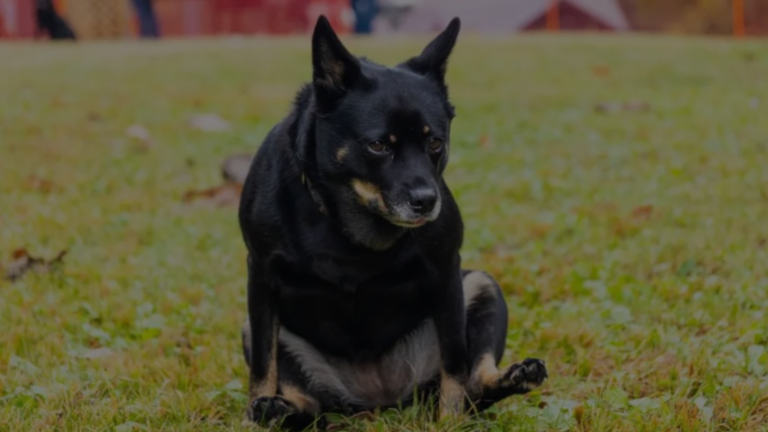The pit in your stomach grows with each passing second. Your dog, your loyal companion, your furry best friend, is gone. A neighbor called animal control, citing leash laws or an altercation. Now, you’re facing the daunting task of bringing your beloved pup home. Don’t panic, pet parent! While the situation might seem dire, there are steps you can take to navigate the process and increase your chances of a joyful reunion.
Understanding Why Your Dog Was Impounded
The first step is comprehending the reason behind your dog’s impoundment. Common scenarios include:
- Straying without a leash or license: This is the most frequent reason. Check local ordinances for leash and license requirements, and ensure your dog is always collared and tagged with up-to-date information.
- Animal cruelty or neglect: If your dog’s well-being is deemed at risk, animal control might intervene. Addressing any underlying concerns is crucial before regaining custody.
- Bite incident: This requires immediate action and cooperation with animal control. Consult legal counsel and address any necessary medical treatment for the bitten individual.

Taking the Initial Steps
- Contact Animal Control: Don’t hesitate! Time is of the essence. Call or visit your local animal shelter or control facility to confirm your dog’s impoundment and inquire about the process for reclaiming them.
- Gather Required Documentation: Be prepared to provide proof of ownership, such as:
- Vaccination records: Ensure your dog’s vaccinations are current.
- License: Present a valid dog license if required in your area.
- Identification: Photos, microchip information, or other unique identifiers can bolster your claim.
- Address Underlying Issues: If your dog’s impoundment stemmed from specific concerns, take action to rectify them. This might involve:
- Obtaining a license: License your dog immediately if they were unlicensed.
- Scheduling a vet check: Address any health concerns flagged by animal control.
- Enrolling in obedience training: If aggression was a factor, consider professional training.

Facing Fees and Fines
Be prepared for potential impoundment fees, covering boarding, food, and medical care provided by the facility. Additional fines might apply depending on the reason for impoundment. Settle these promptly to facilitate your dog’s release.
Negotiating and Advocating for Your Dog
In some cases, you might need to advocate for your dog’s return. If you believe the impoundment was unjust or your dog poses no threat, consider:
- Providing additional information: Share evidence supporting your claim of responsible pet ownership.
- Seeking legal counsel: A lawyer specializing in animal rights can offer guidance and representation.
- Appealing the decision: Depending on local regulations, you might have the right to appeal the impoundment.
Bringing Your Dog Home
Once reunited, focus on a smooth transition back home. Here are some tips:
- Prepare your home: Ensure your yard is secure and your dog has access to familiar items like bedding and toys.
- Schedule a vet checkup: Address any potential health concerns identified during impoundment.
- Ease them back into routine: Gradually reintroduce your dog to their usual walks, playtime, and feeding schedule.
- Consider professional help: If your dog exhibits behavioral changes, consult a professional trainer or behaviorist.

Preventing Future Impoundments
To minimize the risk of future encounters with animal control, take proactive steps:
- Ensure proper identification: Keep your dog’s license and microchip information current.
- Obey leash laws and regulations: Always keep your dog on a leash in designated areas.
- Address behavioral issues: Seek professional help if your dog exhibits aggressive tendencies.
- Supervise your dog outdoors: Never leave your dog unattended in an unfenced area.
Remember, communication and responsible pet ownership are key. By understanding the process, taking action swiftly, and prioritizing your dog’s well-being, you can increase your chances of a joyous reunion and build a stronger bond with your furry friend.

Resources & References
FAQs About Getting Your Dog Back from Animal Control
How long can my dog be held by animal control?
Impoundment periods vary depending on local regulations and the reason for seizure. It’s typically 3-7 days for strays, but longer if neglect or bite incidents are involved. Contact your local animal control facility for precise details.
What if I can’t afford the impoundment fees?
Some shelters offer financial assistance programs or payment plans. Explain your situation to the facility and explore potential options. Remember, prioritizing your dog’s well-being is crucial.
Will my dog be put down if I don’t reclaim them?
Shelters strive to rehome animals whenever possible. However, space limitations and resource constraints can lead to euthanasia, especially for older or sick animals. Reclaiming your dog promptly is essential.
What happens if I disagree with the reason for impoundment?
If you believe the impoundment was unjust, gather evidence supporting your claim (proof of license, vet records) and calmly discuss it with the facility director. Consider seeking legal counsel if necessary.
How can I prepare my dog for their return home?
Ease the transition by creating a familiar environment with their favorite toys, bed, and food. Gradually reintroduce them to their routine and schedule a vet checkup to address any potential health concerns.
What steps can I take to prevent future impoundments?
Always leash your dog in designated areas, ensure their license and microchip information is current, address any behavioral issues, and never leave them unattended outdoors. Responsible pet ownership minimizes the risk of future encounters with animal control.







